
- Shandong Loyal Industrial Co.,Ltd.
- SHORT-CUT PASTA PRODUCTION LINE LONG-CUT PASTA PRODUCTION LINE INSTANT PASTA PRODUCTION LINE
Home> Application> Elevate Your Pasta Production: Exploring the Efficiency of Automatic Macaroni Making Machines

Elevate Your Pasta Production: Exploring the Efficiency of Automatic Macaroni Making Machines
Elevate Your Pasta Production: Exploring the Efficiency of Automatic Macaroni Making Machines
Efficient pasta production is the backbone of the culinary industry, and the integration of pasta processing equipment has brought about a transformative shift in this domain. As we embark on this exploration, we'll delve into the significance of streamlining pasta production through the lens of cutting-edge automation, setting the stage for a new era in culinary machinery.Shandong Loyal Industrial Co., Ltd. has incorporated advanced technologies from BID and Italy's GEA in the production of its macaroni.

Understanding Automatic Macaroni Making Machines
To comprehend the efficiency revolution, we'll dissect the inner workings of automatic macaroni making machines. This section will provide a comprehensive overview of key components, functionalities, and the latest technological innovations driving efficiency in pasta production. Bold advancements in speed, precision, and consistent quality will take center stage.
Efficiency in Macaroni Production
Exploring the nexus between automation and efficiency, we'll scrutinize how automatic macaroni making machines contribute to elevated productivity. Case studies and examples will illuminate instances of increased output, reduced production times, and the positive impact on resource utilization and waste reduction.
Technology and Innovation
Delving deep into the technological marvels embedded in automatic macaroni making machines, we'll unravel smart features and advancements that redefine efficiency. Insights from industry experts will provide a roadmap for understanding how technology shapes the future of pasta production.
Benefits and Challenges
This section will meticulously examine the tangible benefits reaped by manufacturers embracing automatic macaroni making machines. From increased efficiency to overcoming challenges associated with automation adoption, real-world examples will showcase success stories and the resulting enhancements in pasta production.
Industry Impact and Market Dynamics
A broader analysis unfolds the impact of automatic macaroni making machines on the pasta manufacturing industry. Exploring market trends, adoption rates, and the competitive landscape, we'll identify key players such as Whole Foods 365 Everyday Value, Jovial, DeLallo, Faella, and Pastificio Di Martino, understanding their pivotal role in shaping the efficiency-driven market.
Customization and Flexibility
This segment dives into the versatility offered by automatic macaroni making machines. Insights will be shared on tailoring these machines to accommodate various pasta varieties and production requirements. Practical recommendations will guide manufacturers in optimizing machines to meet specific culinary needs, ensuring a dynamic and responsive production process.

Sustainability in Automated Pasta Production
A critical examination of the environmental impact of automatic macaroni making machines takes center stage. We'll explore how automation aligns with sustainability goals, contributing to eco-friendly pasta production. Case studies will spotlight industry initiatives championing sustainability in every noodle and shell.
User Experience and Training
Addressing the human side of automation, this section focuses on the user experience of operating automatic macaroni making machines. Practical guidelines will be provided for training operators, maximizing machine efficiency, and ensuring a seamless transition to automated pasta production. Testimonials from industry professionals will offer real-world insights.
Conclusion
Summarizing the journey through the efficiency landscape of automatic macaroni making machines, this section underscores the pivotal role of innovation in reshaping pasta production. The article concludes by encouraging pasta manufacturers to embrace automation for enhanced capabilities, laying the foundation for a future where efficiency and advancement go hand in hand.
FAQs: Common Questions about Automatic Macaroni Making Machines
Q1: How does automation enhance the efficiency of macaroni production?
- Explore the technological features that contribute to heightened efficiency and streamlined processes.
Q2: Can automatic macaroni making machines adapt to different pasta varieties?
- Detail the customization capabilities, ensuring manufacturers can diversify their product lines.
Q3: What sustainability measures are implemented in automated pasta production?
- Address the eco-friendly aspects and sustainability initiatives adopted by manufacturers.
Q4: How do operators adapt to the transition to automated pasta production?
- Provide insights into user experiences and practical guidelines for training operators.
Q5: What are the success stories of manufacturers using automatic macaroni making machines?
- Highlight real-world examples, showcasing the benefits and positive outcomes of adopting automation.
Q6: Can automatic macaroni making machines contribute to waste reduction?
- Discuss how automation minimizes waste in the production process, promoting sustainability.
Q7: Are there specific considerations for optimizing machines for culinary needs?
- Offer recommendations for manufacturers to tailor machines according to specific culinary requirements.
Q8: How do market dynamics and key players shape the efficiency-driven market?
- Analyze the impact of market trends, adoption rates, and the role of key players in shaping the industry.
Q9: What advancements can we expect in the future of automatic macaroni making machines?
- Explore future trends and innovations that will further enhance efficiency in pasta production.
Q10: How can manufacturers strike a balance between efficiency and sustainability in automation?
- Provide insights into maintaining a balance between efficient production and sustainable practices.
Contact Us

- Shandong Loyal Industrial Co.,Ltd.
- Telephone+86 13176674591
- Email[email protected]
- WhatsApp+86 13176674591
- WeChat13176674591
- AddressC623, Jiahui Global Plaza, No. 548, Beiyuan Street, Tianqiao District, Jinan City, Shandong Province
- Factory AddressADD -300m North of Zhangxia Industrial Park, Binhe Road, Zhangxia Town, Changqing District, Jinan
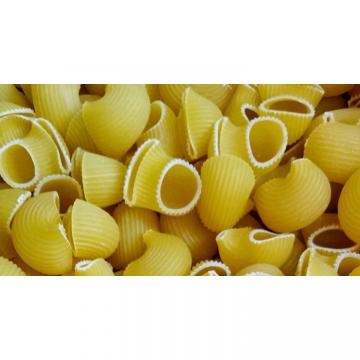

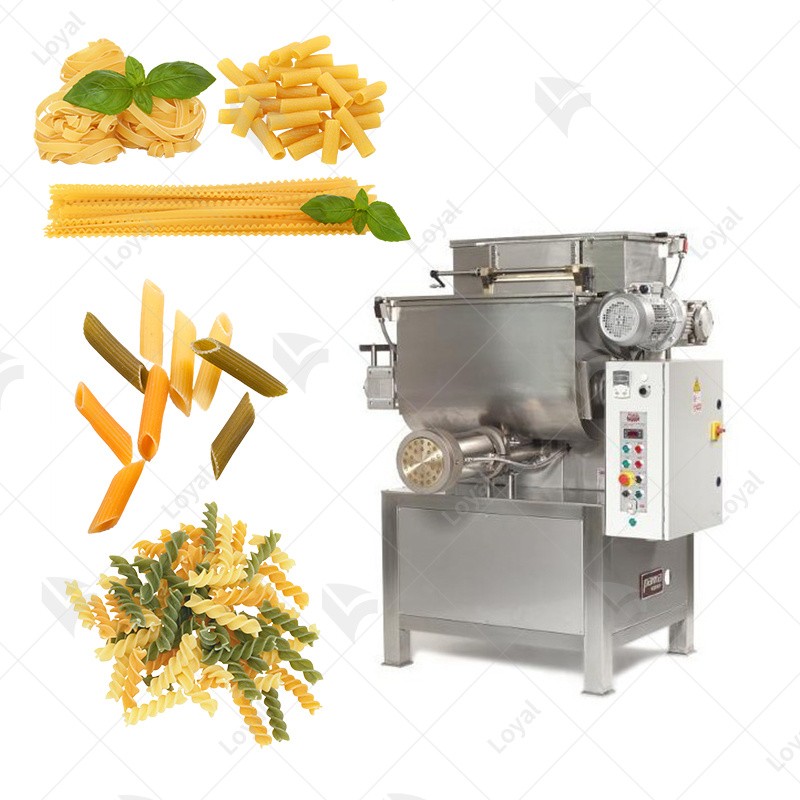

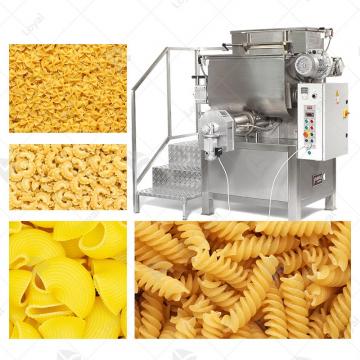
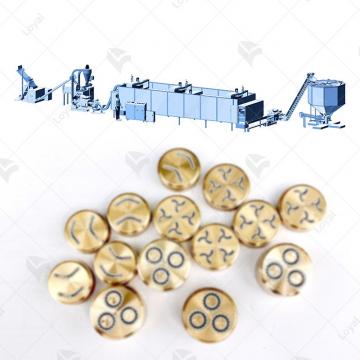 Short-Cut Pasta Production Line
Short-Cut Pasta Production Line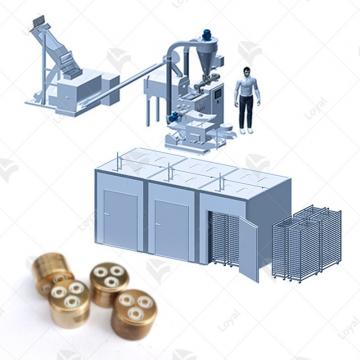 Combined Pasta Production Line
Combined Pasta Production Line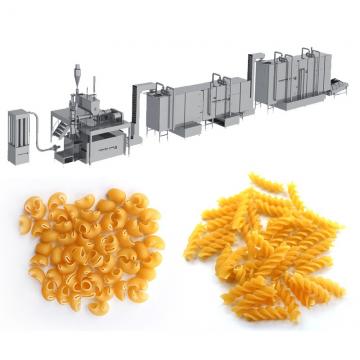 Vacuum Extruder Pasta Machine
Vacuum Extruder Pasta Machine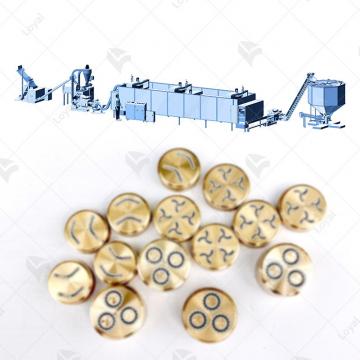 Pasta Processing Equipment
Pasta Processing Equipment